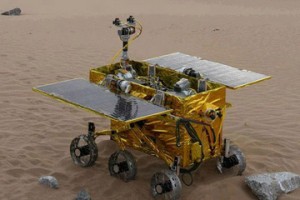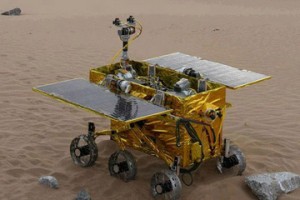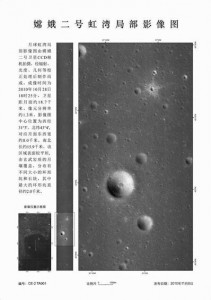November 25, 2013 – The Chang 3 mission to the Moon will launch in early December. This is one of China’s most ambitious robotic space missions involving orbiting the Moon, descending to land on its surface, and then deploying a rover to explore.
China has never landed one of its spacecraft on another celestial object. Its previous lunar missions, both named Chang after the Chinese moon goddess, successfully orbited the Moon in 2007 and 2010.
China will be arriving at the Moon at the same time NASA’s LADEE (Lunar Atmosphere and Dust Environment Explorer) will be dropping in its orbit to begin the scientific phase of its mission. This is leading to what has been described as a bit of dust up between the U.S. and Chinese scientific community. LADEE’s instrumentation may record the plume of dust and fuel from the rocket engine as the Chinese lunar lander descends to the surface leading to false readings about the Moon’s tenuous atmosphere. This is both a good and bad thing. The good is the potential to study the impact of a lunar landing on the distribution of any lunar surface material that gets lofted into the Moon’s atmosphere. The bad is that the trace propellants will create an inaccurate read of the atmosphere’s composition.
Chang 3 will also deploy a small solar-powered robotic rover depicted in the image above. This is also a first for China. The rover rides on six wheels and features four cameras. It has been designed for a mission of exploration lasting three months. The landing site is Sinus Iridum, a location near an 8-kilometer (5 miles) wide relatively fresh lunar crater seen in the centre of the image below, a photograph taken by China’s Chang 2 orbiter. This site is very close to where the Soviet Lunokhod rover prowled during its 11-month mission in 1970-71.













